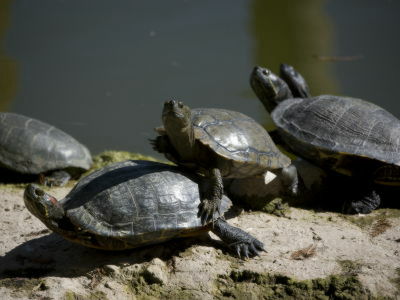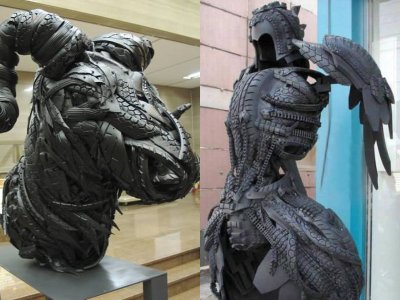It turns out that a species of ant has an overwhelming black color 'ultra black' that absorbs more than 99.5% of light

BJNANO - Ultrablack color in velvet ant cuticle
https://www.beilstein-journals.org/bjnano/articles/15/122
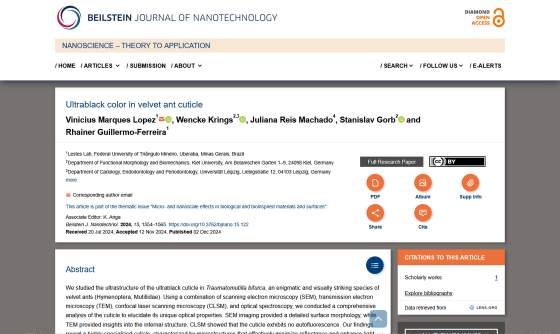
This Brazilian Velvet Ant Is So Dark That It's Super-Black - The New York Times
https://www.nytimes.com/2024/12/17/science/ultrablack-velvet-ant-brazil.html
Ant wasps are insects that belong to the order Hymenoptera , but the females are wingless, look like ants, and live on the ground. They are also called 'velvet ants' in English because they have long, velvet- like hair all over their bodies.
Traumatomutilla bifurca, a type of ant wasp widely distributed in Brazil, is known for its distinctive black and white pattern. When Traumatomutilla bifurca with this color runs around the dry scrub desert or tropical savanna, it is easy to dazzle the viewer and lose sight of them. For this reason, some Brazilians call Traumatomutilla bifurca 'sorcerer ants'.
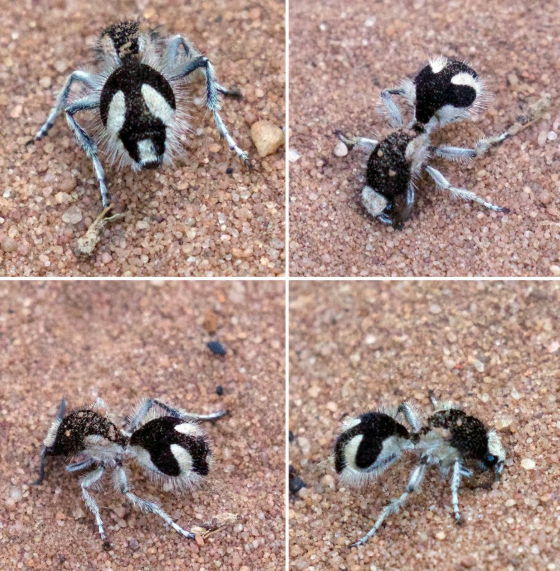
A research team led by Vinicius Lopes, who is studying the color of insects at
Although several animals are known to have ultra-black bodies, this is the first time that ultra-black bodies have been confirmed in hymenopteran insects. 'We have never seen this color in any of the dragonflies, bees, or beetles we have analyzed,' said co-author Rainer Guillermo Ferreira, an insectologist at the Federal University of Triangulo Mineiro.
Specifically, the researchers found that the female Traumatomutilla bifurca's exoskeleton has a dense layer of hair and a complex array of plate-like structures similar to the pages of a book, which absorb 5% more light than a smooth surface.
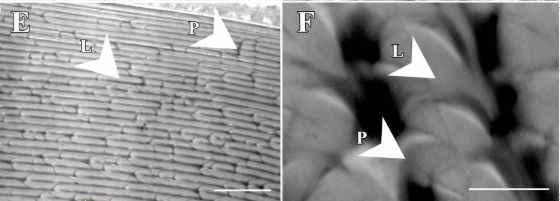
Females of Traumatomutilla bifurca also seem to absorb not only visible light but also almost all ultraviolet light, which may serve as a defense mechanism against predators that can see wavelengths invisible to humans.
However, it is unclear whether females of Traumatomutilla bifurca actually have ultra-black pigmentation for camouflage. Previous studies have shown that ant wasps repel most predators with their hard exoskeleton and venomous stingers.
In addition, although males of Traumatomutilla bifurca have the same pattern as females, the black parts are not ultra-black. In the future, the research team plans to investigate the environmental pressures that caused females of Traumatomutilla bifurca to evolve into ultra-black.
'We see a lot of different color patterns in nature, but we don't really know why,' said Ferreira. 'Every time we study wasps, they give us something new and interesting.'
Related Posts:






